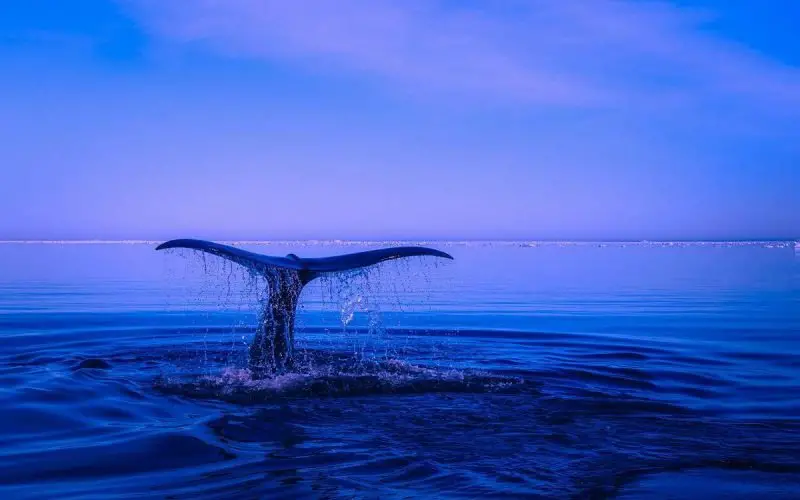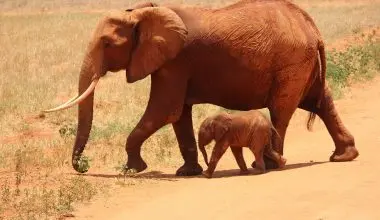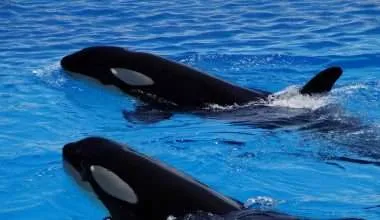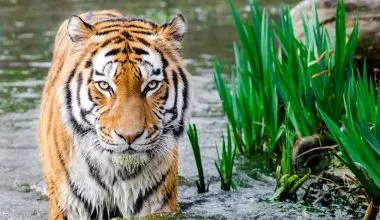Table of Contents Show
Endangered species are species that are most likely to become extinct soon in the future.
Since the beginning of life, species have been going extinct. This is a quite normal phenomenon in nature. However, when it occurs naturally, the rate is hardly about one to five species per year.
However, current estimates suggest that species are becoming extinct at an astronomical rate which is roughly 1,000 to 10,000 times greater than the natural rate!
All species play an important role in sustainability of ecosystems. Therefore, losing one means endangering several others. In turn, a vicious cycle starts which is very hard to contain.
There has already been quite a lot of talk on extinction of Pandas, Red Pandas, Pangolins, Gorillas, Tasmanian Devils and so on. All of these usually have a common thing: they are land based and hence, easy to track.
Marine animals are quite easily and constantly overlooked. This is why it is more important to know about them. Following are top ten most endangered marine mammals that are nearing extinction.
10 Most Endangered Marine Mammals
1. Vaquita
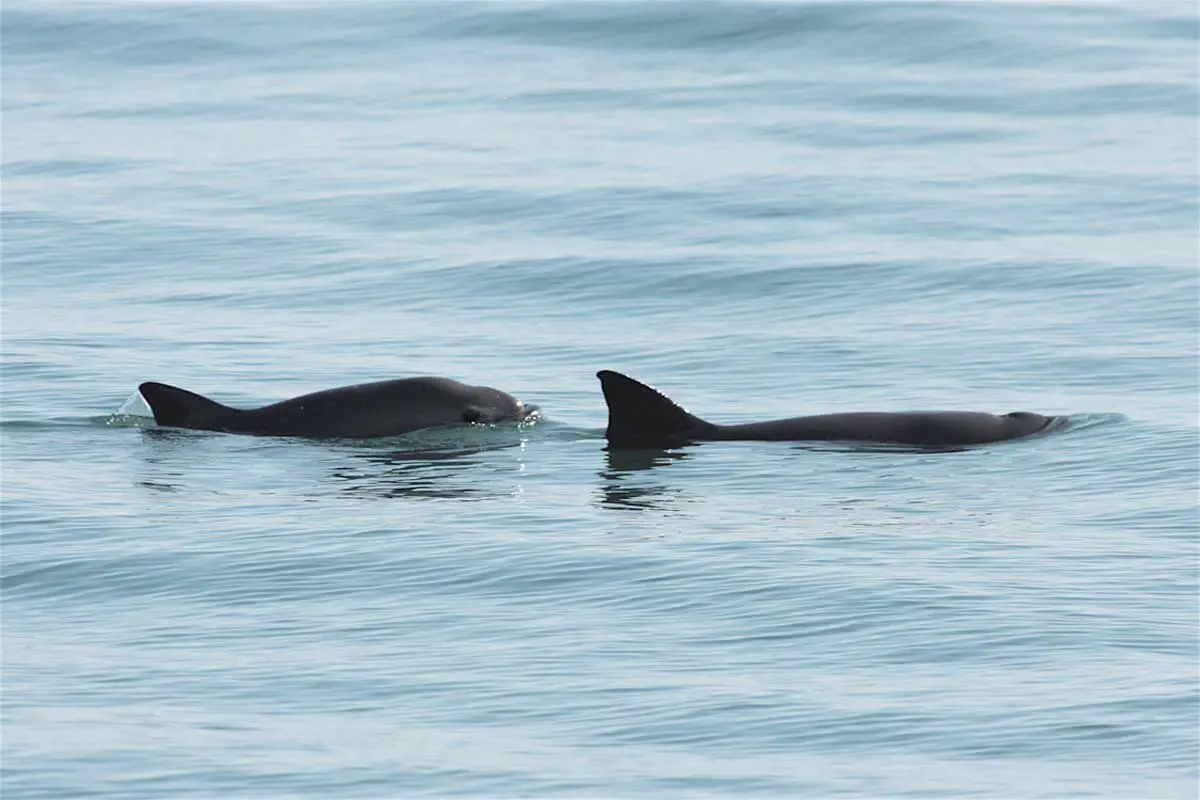
Vaquita is a member of porpoise family (not to be confused with tortoise) belonging to whales category. However, they do look like dolphins to some extent.
Vaquita is native to Baja California in Mexico and has been declared critically endangered as the population has dramatically declined by more than 90% since 1997.
According to most recent statistics, only 8 Vaquita marine species have survived. We can’t even be sure if there’ll be any left by the time you read this article.
The fate of Vaquita was written by humans who continued to illegally fish in their habitat for Totoaba that forms a vital part of Chinese medicines.
Additionally, our increased use of pesticides and environmental damages can not be overlooked.
2. Hawaiian Monk Seal
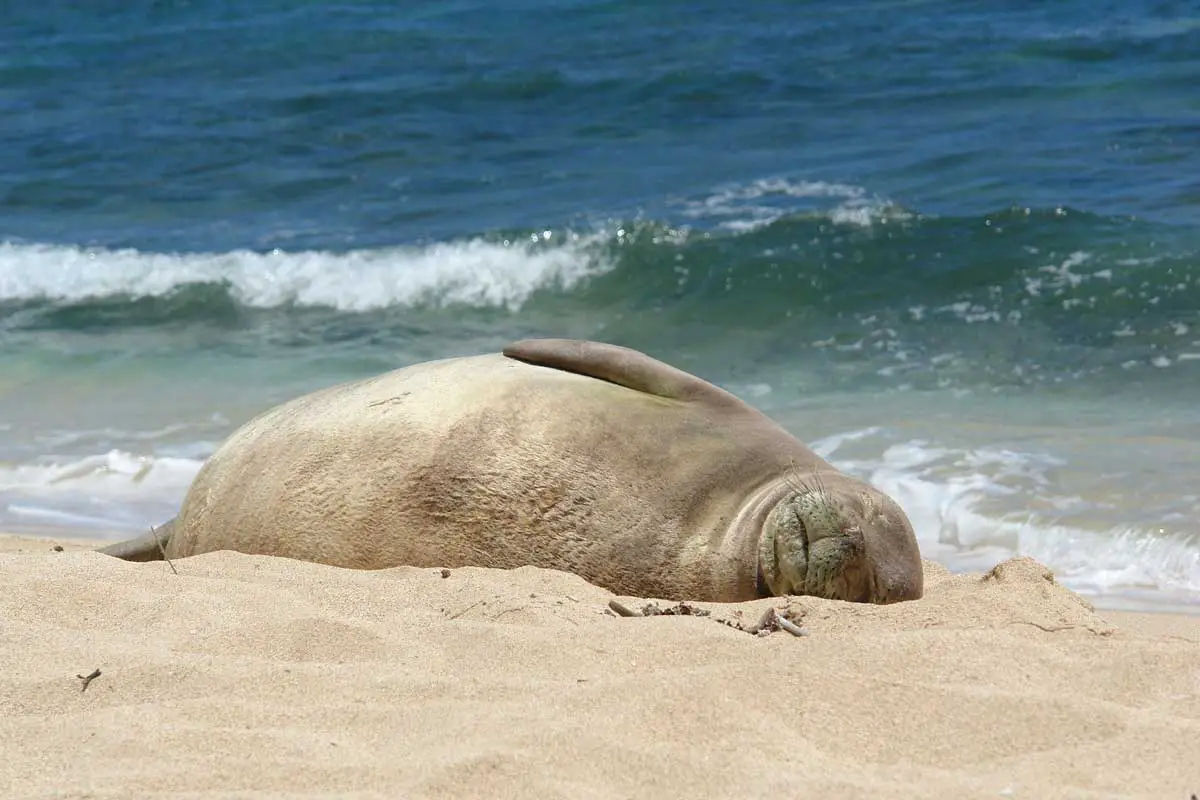
Second is the Hawaiian Monk Seal which, as the name specifies, is a specie of Seals that resides in Northwestern Hawaiian Islands.
These seals were largely targeted in late 19th century. Since then, they have been more of an unintentional casualty to fishing (overfishing) of other fish species in the same area. This victimization has led to sharp decline in their numbers since 1983.
These seals live in regions which are pristine; and uninhabited by humans. Hawaiian Monk Seals are severely affected by changing climate conditions that cause rising sea levels. This disrupts their natural ecosystem, threatening survival.
Current estimates suggest that only 30% of the population is alive.
P.S: Another cousin, Mediterranean Monk Seal is the only other species of monk seals in the world.
3. Steller Sea Lion
Third is the Steller Sea Lion, that lives in the waters of Northern Pacific Ocean.
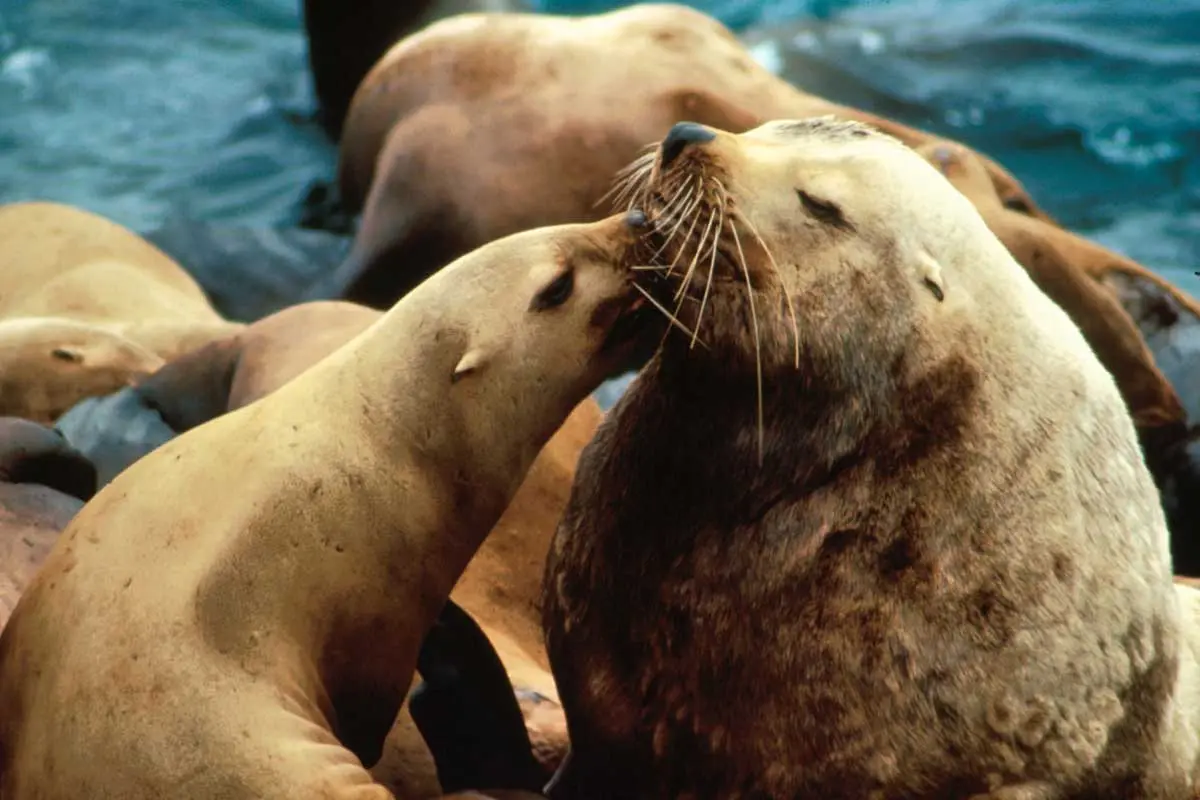
These are the largest of all Sea lions and have extraordinary dietary requirements. Hence, they depend on the existence of several other species.
This, dependency for food, along with intentional culling (slaughter) has led to reduction in their numbers.
Their populations have dropped by 70% from 1977 to 2007 which triggered protective conservation measures. As of now, the extinction probability of Stellar Sea Lion in the next 100 years is estimated to be 10%.
4. Australian Sea Lion
Forth is the Australian Sea Lion that is considered endemic to the waters of Australian and are found on at least 50 islands off the coast of Southern and Western Australia.
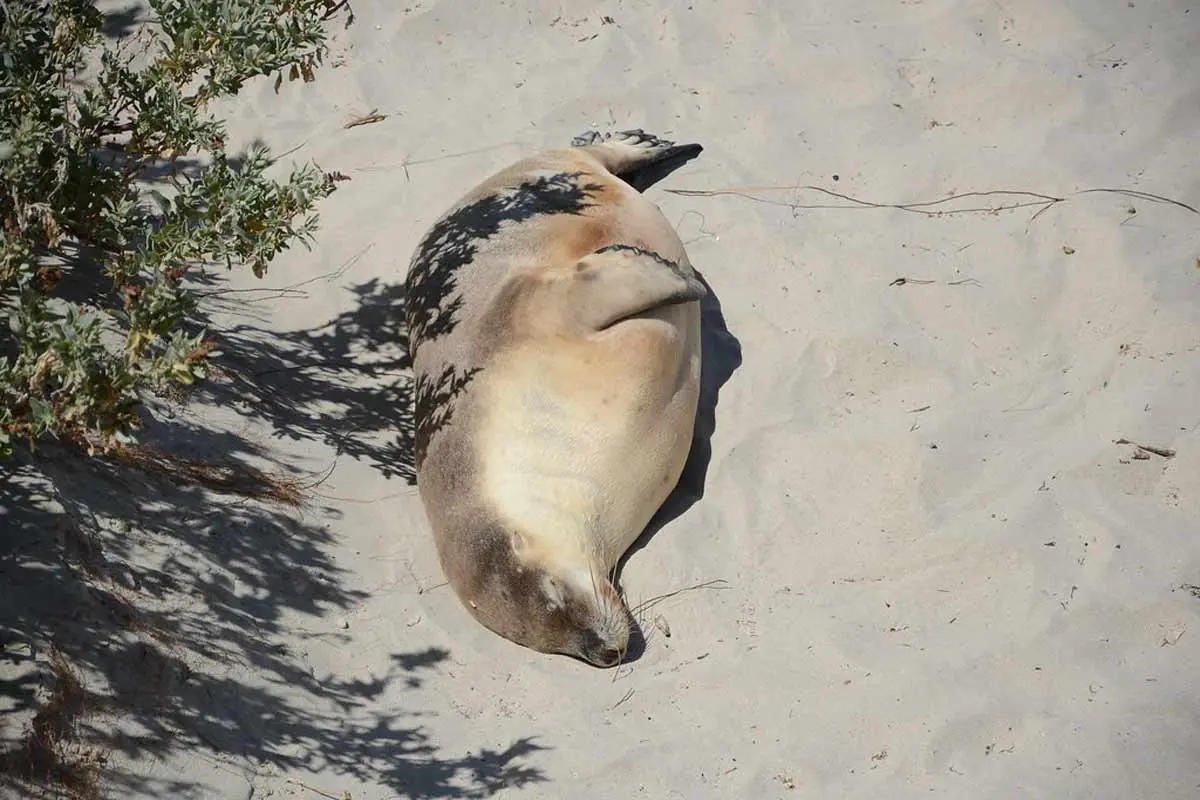
They suffered huge loss in numbers during 19th century when many colonies of seals were wiped out. Even before this period, Australian Sea Lions were hunted and counted for a major part of bycatch in fishing. This is why they were expected to become extinct very soon.
Thankfully, prompt conservation measures rescued these mammals. Currently, their population stands at around 11 thousand. It has increased after a severe decrease to 6500 some years ago.
5. Hector’s Dolphin
Hector’s Dolphin are the smallest and rarest of marine dolphins. They are only found in the western shores of New Zealand’s North Island.
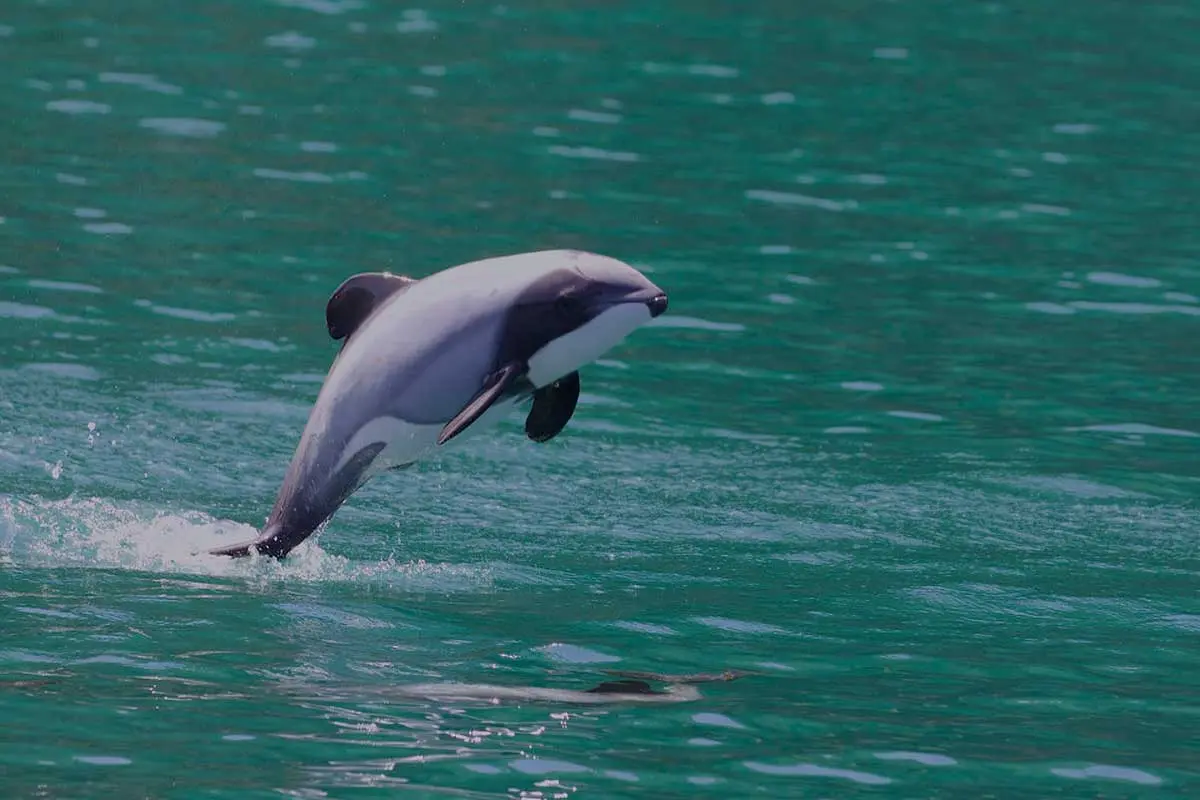
As these dolphins live near shores, they are easily caught up in fishing nets. Nets made of fine mesh are undetectable by dolphins.
Along with fishing threats, costal areas are constantly being developed for mining and various human projects. This only puts their limited habitats in greater danger.
Current population is estimated to be around 7000 at this time. However, ongoing human activities have made it nearly impossible to stop their declining numbers.
6. Sea Otter
Sea otters were never thought of being able to go extinct. They are found across the North Pacific rim.
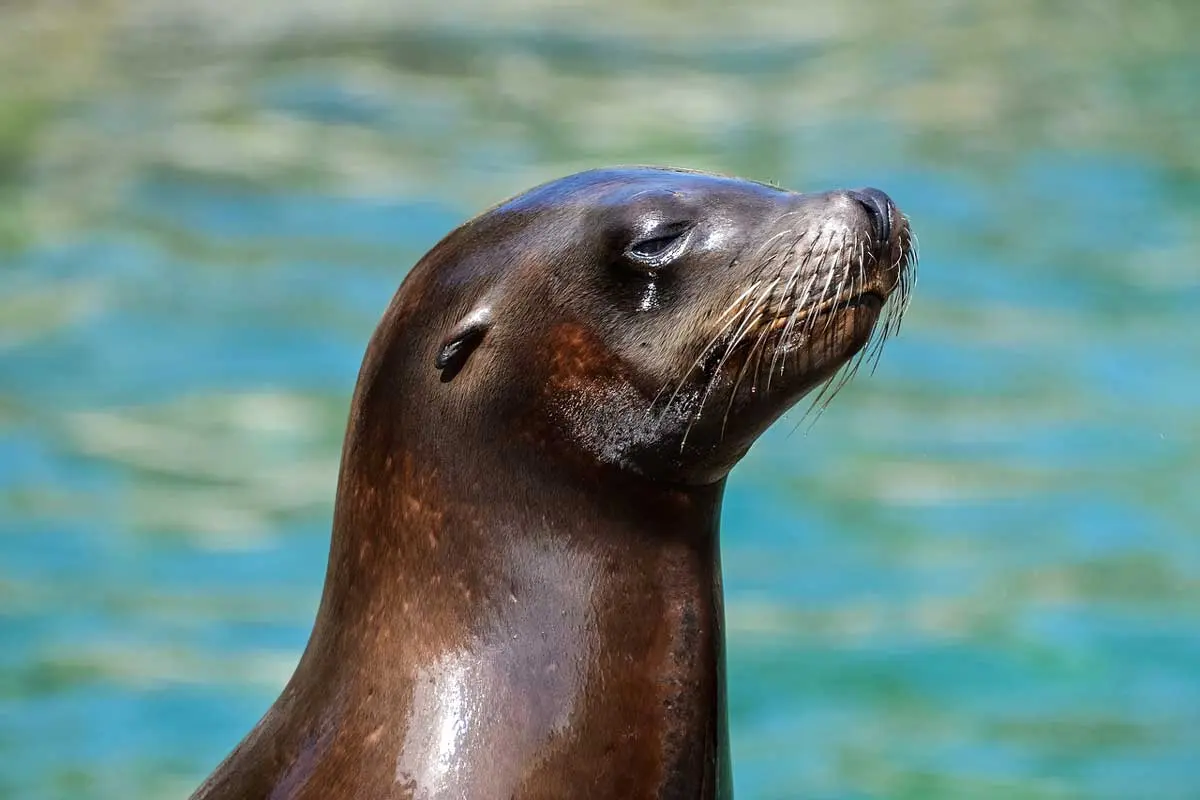
Since the 18th century, the huge availability of sea otter made it a huge target for commercial fishermen. By the time we realized the extent of species damage in 1911, the population had fallen to merely 2000.
Since then, we have been trying to protect and conserve their populations. Now their numbers are around 90,000.
As with others, increased climate changes and human activities have once again started to contribute to declining population of Sea otters.
P.S: Sea otters are actually an example of keystone species. This means their extinction could even trigger a trophic cascade!
7. Blue Whale
Seventh is the Blue Whale, the largest mammal on earth. Blue whales have long migratory patterns and are thus found in all oceans around the globe.
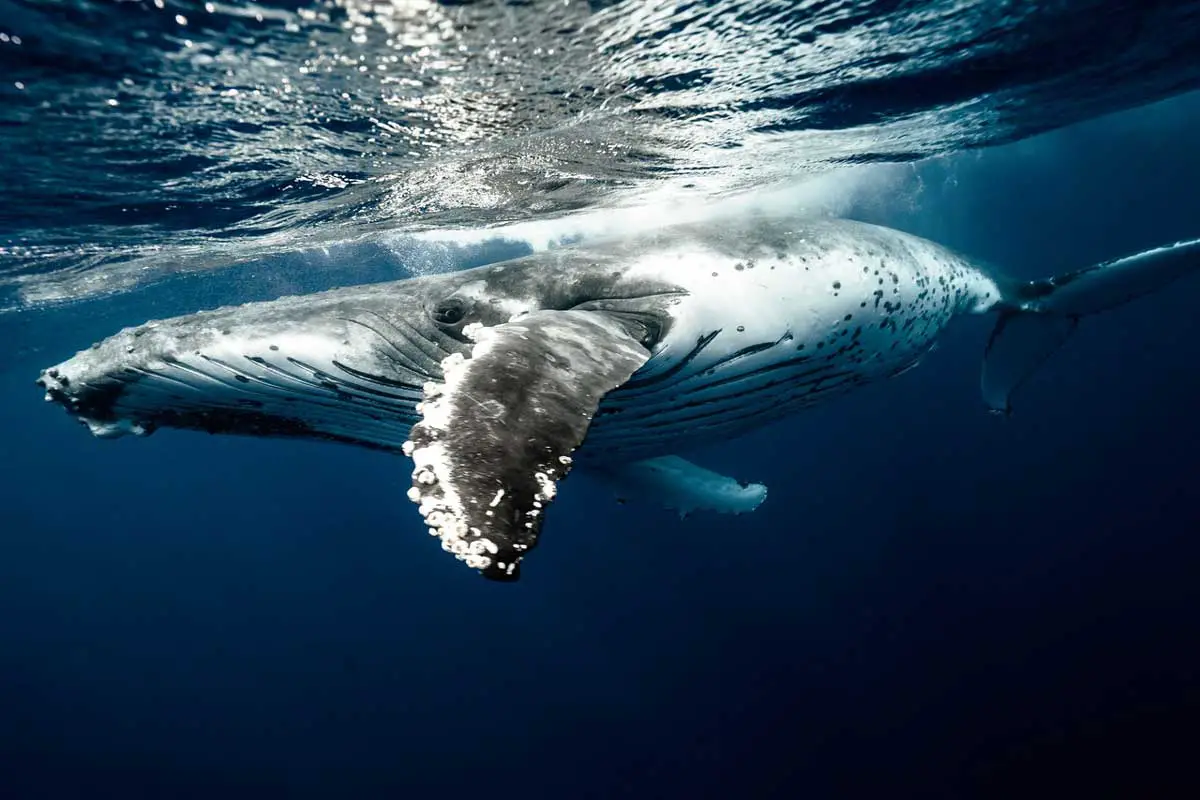
Whale hunting has a long history. Starting from 1966, whale hunting has caused their population to shrink to a mere 3 – 11 % of their original population. This has made blue whale one of the very large endangered marine mammals.
Now that commercial fishing has been curbed, the numbers are increasing. Blue whales still face difficulties due to water pollution and ongoing climate change.
8. Sei whale
Sei whale is also found throughout the globe and follows similar trends to the blue whale.
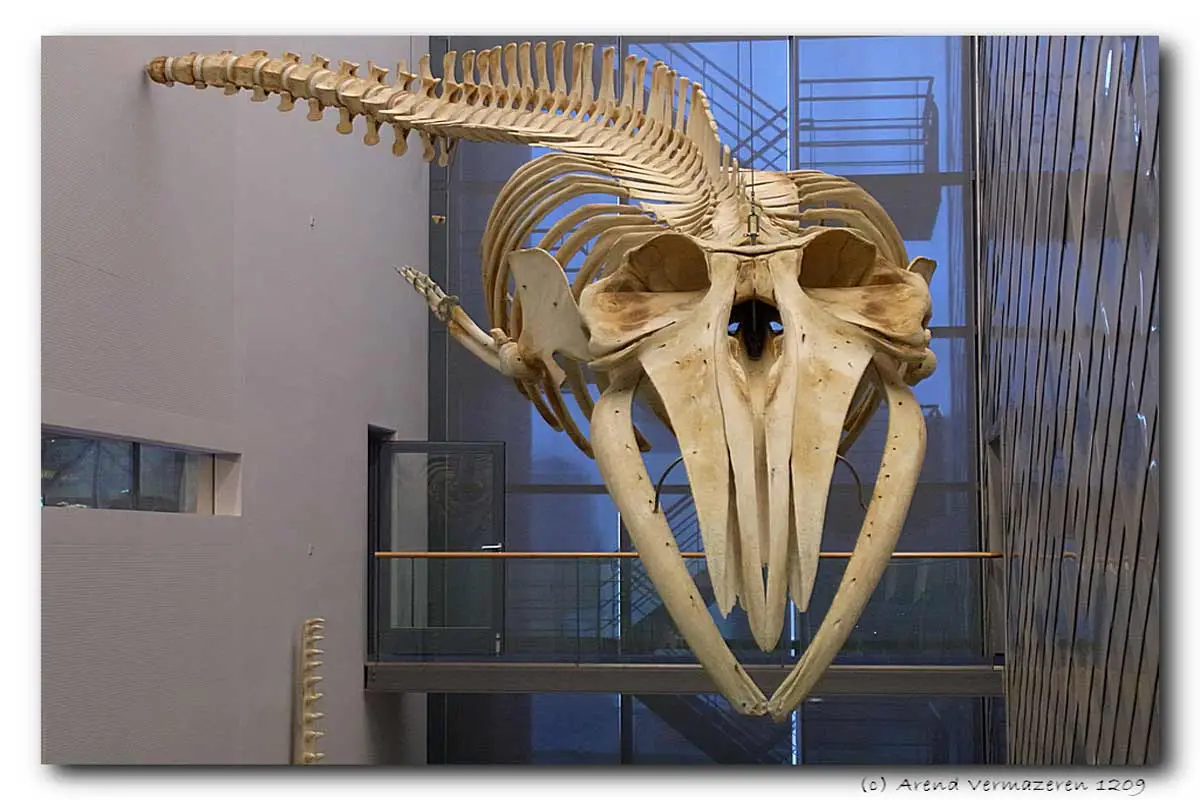
Restrictions were imposed on whale hunting over the last century. Sei Whale became the next target until 1980s. This is when new stringent regulations were imposed on fishing industry.
In 2002, Japan re-allowed fishing to continue with certain limits imposed. However, current estimates suggest that only 20% of their 1937 population survives now.
9. Fin Whale
Fin Whale is the second largest mammal in the world after Blue Whale.
Like other whale species discussed, Fin whale was a victim of hunting in the previous century as well.
Since the late 20th century ban, only Greenland has rights of fishing in limited numbers. The projections show recovering populations and very low risk to Fin whale endangerment.
10. Beluga Whale
Tenth is the Beluga Whale, which is an easy prey for hunters. They inhabit Cook Inlet in Alaska and have a habit of coming to same place every year.
In 2004, with a subpopulation having numbers in 300s, they were listed as critically endangered.
Although total numbers in Arctic are as high as 150,000; but specific details on subpopulations is missing.
Continued hunting in various countries poses a serious threat to their continued survival. Moreover, the increasing water pollution from human activities and ships have also started to put stress on them.
Climate change has been detrimental to the Beluga whale population, just like others.
Ending Remarks
As it can be seen above, all species have been effected because of our practices and negligence. This is something we should work on soon.
If we don’t, the marine ecosystem will continue to degrade. In future, it will most likely harm us to some extent in return.
